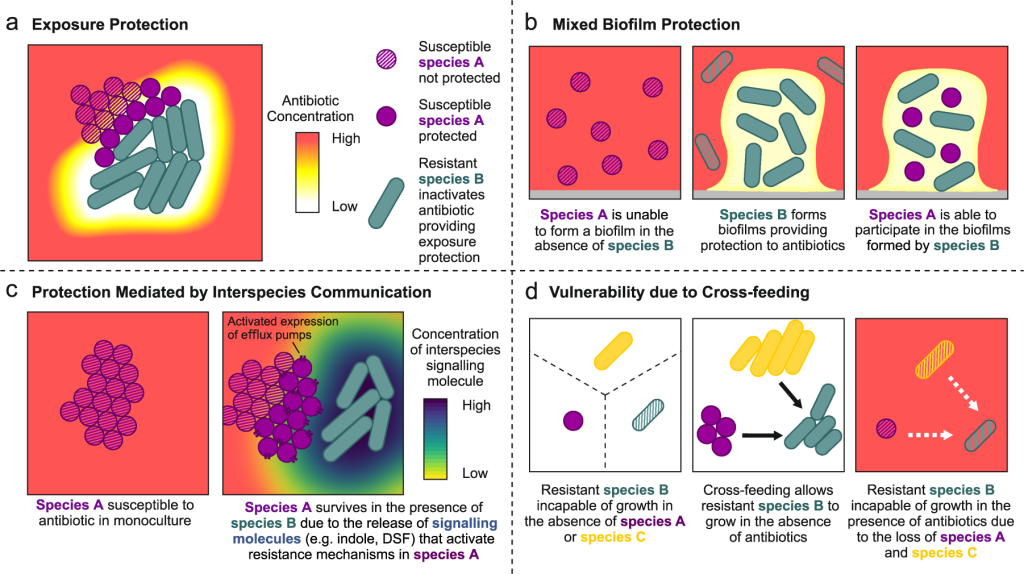Current Context
A government study has found ‘remarkably high’ prevalence of antibiotic use, with 71.9 per cent of surveyed patients at 20 tertiary care hospitals being prescribed it.
Key findings in report
Given antibiotics to prevent infection, rather than to treat it:
- Over half of the almost 10,000 hospital patients surveyed recently were given antibiotics to prevent infection, rather than to treat it, amidst growing concerns about the rise in resistance to antibiotics.
- The vast majority of patients surveyed – 94% – were given antibiotics before the confirmation of a definitive medical diagnosis of the precise cause of infection.
Difference in Prescription:
The Health Ministry released the results of a survey conducted by the National Centre for Disease Control, mapping the patients treated on one to five days each at 20 tertiary care institutes across 15 States and two Union Territories between November 2021 and April 2022.
- Out of 11,588 admissions and 9,652 eligible patients, 72% were prescribed antibiotics.
- Of these, only 45% were prescribed antibiotics for therapeutic indications, meant to treat infection or disease.
- The remaining 55% were prescribed the drugs for prophylactic indications, meant to prevent the occurrence or spread of an infection.
- Only 6% were prescribed antibiotics after a confirmed diagnosis of the specific bacteria causing their illness, called definitive therapy.
- The remaining 94% were on empirical therapy, based on the doctor’s clinical experience in assessing the likely cause of an illness.
The WHO AWaRe (Access, Watch, Reserve)
It is antibiotic book provides concise, evidence-based guidance on the choice of antibiotic, dose, route of administration, and duration of treatment for more than 30 of the most common clinical infections in children and adults in both primary health care and hospital settings.
Wide variations between the different hospitals:
The NCDC survey report noted wide variations between the different hospitals, with some prescribing antibiotics to 37% of patients, while the prevalence was 100% in other institutes.
- Overall, there were 12,342 antibiotic prescriptions, with 86.5% of these prescribed through the parenteral route, meaning that they were not taken orally.
Using the WHO’s Access, Watch and Reserve (AWaRe) classification:
- It was found that only 38% of the prescriptions were for antibiotics belonging to the Access group, which “offer the best therapeutic value, while minimizing the potential for resistance”.
- However, a much larger 57% of the prescriptions were for antibiotics belonging to the Watch group, which are “only indicated for specific, limited number of infective syndromes and are more prone to be a target of antibiotic resistance”.
- Just 2% of the antibiotics prescribed were from the “last resort” Reserve group of drugs.
- About 3% of the prescriptions were of the ‘not recommended’ group.
The high use of Watch group antibiotics is of concern as these antibiotics have a higher potential to develop antibiotic resistance,” the survey noted.
Threat
- The World Health Organization (WHO) has identified antimicrobial resistance (AMR) as one of the top threats to public health.
- It is a natural phenomenon as bacteria evolve, making drugs used to treat infections less effective.
- According to the NCDC survey notes, one of the main drivers for the development of antibiotic resistance is the excessive and inappropriate use of antibiotics.
How to Prevent?
To deal with the challenge of limited information on how antibiotics are prescribed and used at the patient level.
WHO has introduced the global point prevalence survey methodology to understand the prescribing patterns in hospitals, with repeated surveys showing the changes in antibiotic use over time.
- Few studies have been conducted in India using this methodology.
Tracking Agency
- The NCDC is the nodal agency for India’s national programme on AMR containment, of which one of the key components is the surveillance of antibiotic usage.
- To achieve this goal, it has established the National Antibiotic Consumption Network (NAC-NET) through which network sites compile data on antibiotic consumption in their respective health facilities and send it to NCDC.
- According to NCDC, a major contributing factor to antibiotic resistance is the overuse of antibiotics by humans, with approximately half or more hospitals using antibiotics inappropriately.
Antibiotics
- Antibiotics are used to treat or prevent some types of bacterial infection. They work by killing bacteria or preventing them from spreading. But they do not work for everything.
- Antibiotics do not work for viral infections such as colds and flu, and most coughs.

